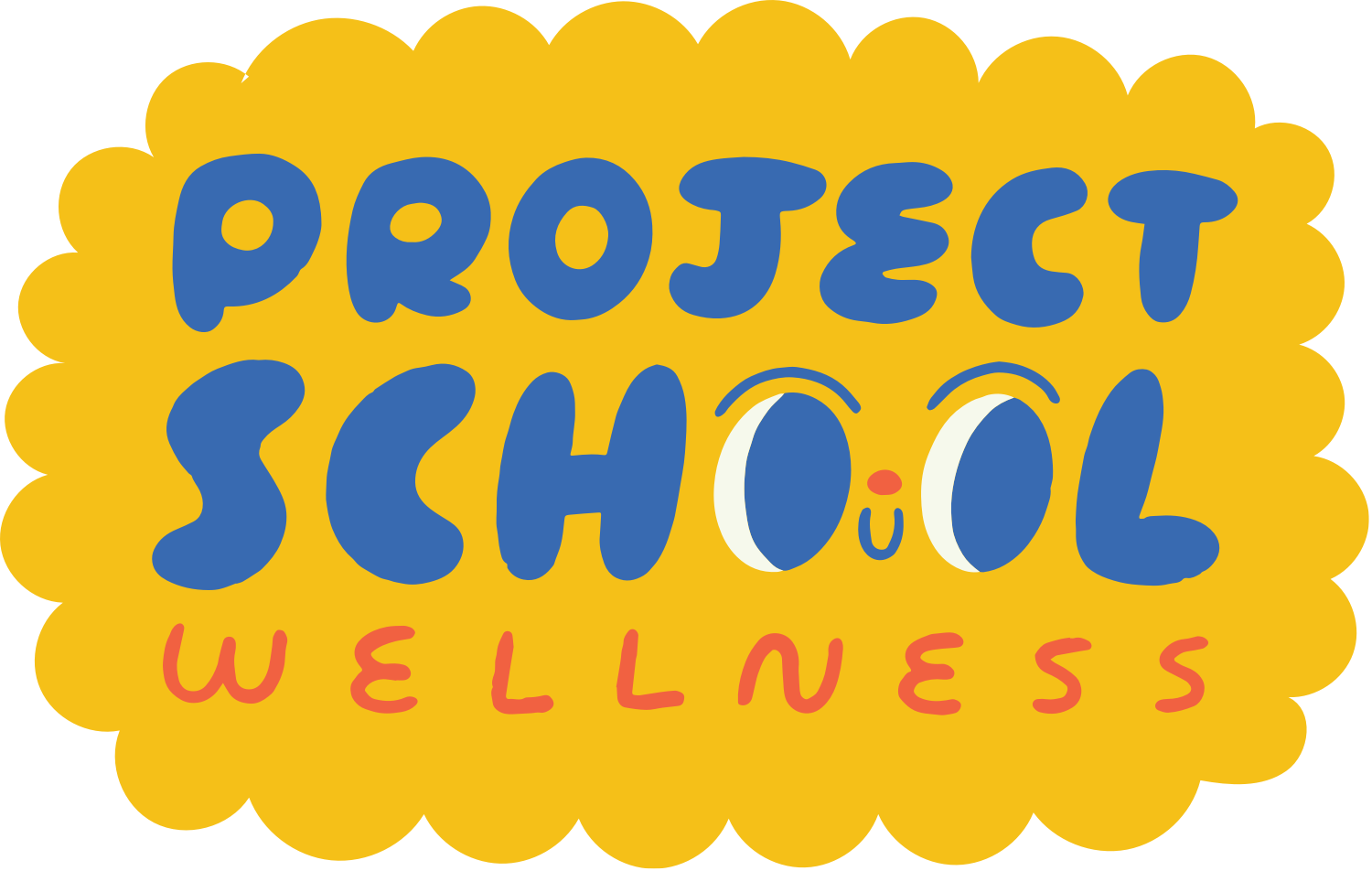Free Digital Learning Resource: How to Teach Health Online
As the world turns upside down and teachers everywhere are going into emergency planning mode, my biggest concern for students is their well-being.
For millions of students, school is where they get two hot meals, enjoy a place of safety and security, and can count on stable adults to love and care for them. And for nearly all students, school is their social life. It's where they see their friends, connect, and support each other.
As I think about what school means to each student, I wholeheartedly believe our role as health educators during this time is to help students nurture and boost their well-being as they live amid fear, uncertainty, and change.
My Health at Home Recommendation
So here's my health at home recommendation. Using either printed worksheets, Google Classroom, Google Forms, Wakelet, Padlet, Eduzzle, or Flipgird ask students to do the following each day:
A daily well-being check-in - A quick journal entry, reflecting on how they are feeling
Fun individual activities that boost well-being (i.e. read, create something, help out around the house, call a friend/family member, or exercise)
Fun family activities that boost well-being (i.e. eat a meal together, watch a fun movie, take a technology break and hang out, and do a house project together)
Be grateful - Each day reflect on and share one thing you're thankful for
While this may not be directly in line with what you had planned on teaching, these activities are a great way to help students boost their well-being while stuck at home.
Things to Think About
Just in case the recommendations I've shared don't really fit what you're hoping to do, I hope you keep the following in mind as you structure your health at home class:
Teachers will be teaching from home while also needing to homeschool and take care of their own children
Parents will need to work from home while also teaching their children
Older siblings will need to take care of younger kids while being expected to do their own school work and teach their younger siblings
Kids may be home alone with unlimited access to the Internet, with no guidance or structure, while their parents still have to go to work
Many students only have Internet on their phone, and families may only have one device to share with multiple kids
Three Ideas for Disseminating Information
Before signing off, I also wanted to share a few ideas for teaching content and connecting with your students.
Google Classroomand Kami - Upload PDFs and Google Slides, and students can add text boxes.
Facebook - Create a closed Facebook group (you don't need to be friends with your students for them to join the group). From the group, you can use Facebook Live to talk to your students and set up posts for students to discuss and share.
YouTube & EdPuzzle - Record videos, upload them to YouTube (as unlisted), and share them on EdPuzzle. With EdPuzzle, students can respond to prompts, answer questions, and engage.
Keep in mind that if these are new platforms for you, they are most likely new for your students and their parents as well. If this is the case, think about going as low tech as possible (i.e. Facebook and YouTube Live and email).
Also, note that these are just a few options. If you and your students are ready for it, there are countless other online resources you can use to stay connected with your students!
I'm Here to Help
Let me say one more thing: give yourself grace! These are wild times, and you are rising to the occasion! Do what you can, but remember, sometimes the most important thing we can do for our students is to let them know they are seen and loved!
Don't hesitate to connect if I can help you out with anything!
